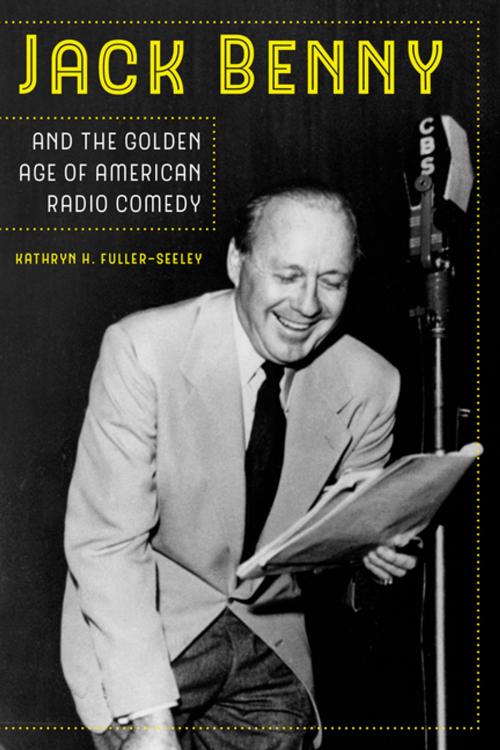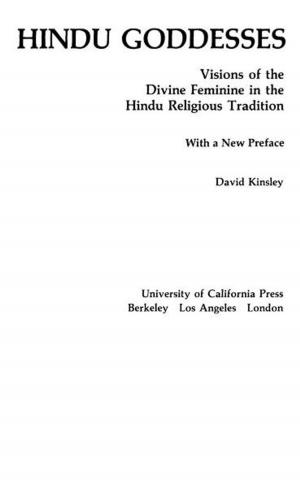Jack Benny and the Golden Age of American Radio Comedy
Nonfiction, Entertainment, Theatre, Comedy, Humour & Comedy, Biography & Memoir, Entertainment & Performing Arts| Author: | Kathryn H. Fuller-Seeley | ISBN: | 9780520967946 |
| Publisher: | University of California Press | Publication: | October 17, 2017 |
| Imprint: | University of California Press | Language: | English |
| Author: | Kathryn H. Fuller-Seeley |
| ISBN: | 9780520967946 |
| Publisher: | University of California Press |
| Publication: | October 17, 2017 |
| Imprint: | University of California Press |
| Language: | English |
The king of radio comedy from the Great Depression through the early 1950s, Jack Benny was one of the most influential entertainers in twentieth-century America. A master of comic timing and an innovative producer, Benny, with his radio writers, developed a weekly situation comedy to meet radio’s endless need for new material, at the same time integrating advertising into the show’s humor. Through the character of the vain, cheap everyman, Benny created a fall guy, whose frustrated struggles with his employees addressed midcentury America’s concerns with race, gender, commercialism, and sexual identity. Kathryn H. Fuller-Seeley contextualizes her analysis of Jack Benny and his entourage with thoughtful insight into the intersections of competing entertainment industries and provides plenty of evidence that transmedia stardom, branded entertainment, and virality are not new phenomena but current iterations of key aspects in American commercial cultural history.
The king of radio comedy from the Great Depression through the early 1950s, Jack Benny was one of the most influential entertainers in twentieth-century America. A master of comic timing and an innovative producer, Benny, with his radio writers, developed a weekly situation comedy to meet radio’s endless need for new material, at the same time integrating advertising into the show’s humor. Through the character of the vain, cheap everyman, Benny created a fall guy, whose frustrated struggles with his employees addressed midcentury America’s concerns with race, gender, commercialism, and sexual identity. Kathryn H. Fuller-Seeley contextualizes her analysis of Jack Benny and his entourage with thoughtful insight into the intersections of competing entertainment industries and provides plenty of evidence that transmedia stardom, branded entertainment, and virality are not new phenomena but current iterations of key aspects in American commercial cultural history.















